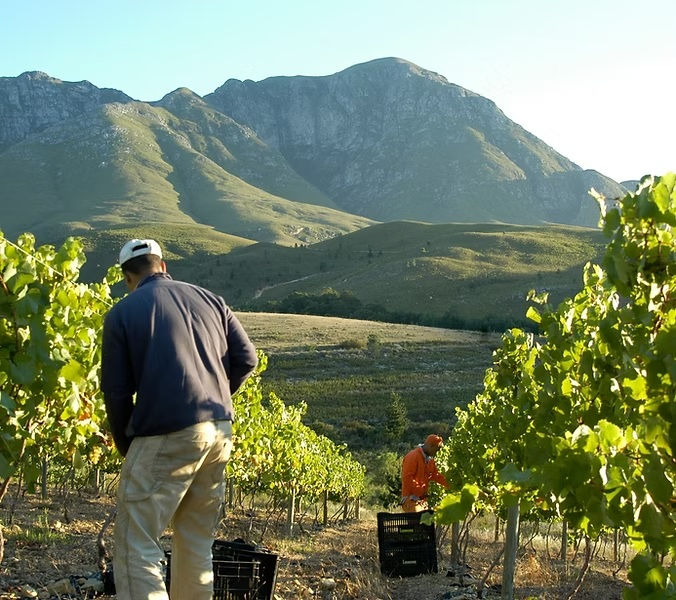How to Build a Wine Cellar: A Beginner’s Guide
- James Pymont
- May 28
- 3 min read

At first glance, building a wine cellar might seem simple—buy wines you enjoy and store them for later. While that’s true on a basic level, there’s a bit more nuance to building a meaningful and functional collection. From storage options to buying strategies, here’s what to consider when starting your wine journey.
Where Should You Store Your Wine?
This is one of the first big questions, and it can feel overwhelming. Storage options include:
Professional bonded warehouses
Purpose-built home cellars
Wine fridges
Storage units
For many seasoned collectors, the answer is a combination of all the above. But if you’re just starting out, it can be a bit of a maze.
Professional storage offers peace of mind—optimal conditions, full insurance, and expert handling. Storing wine under bond also means it can be sold later without paying duty or VAT, making it an appealing option for collectors and investors alike.
At JP Fine Wines, we’ve partnered with Nexus Wine Collections to offer a first-class storage solution. (Feel free to reach out if you’d like more information.)
That said, professional storage comes with trade-offs. There’s a cost involved, and while delivery is quick (often within 24 hours), spontaneous sipping is harder—and retrieving single bottles can be expensive.
Home storage gives you immediate access and the pleasure of living with your collection, which, at the end of the day, is what wine should be about. More corks should be pulled! However, space and proper conditions can be limiting factors. Once you’ve developed a clearer sense of your preferences, you can start to tailor your setup to match.
What Should You Buy?
The beginning of your wine collecting journey is often the most exciting. Exploring new regions, producers, and styles helps you shape your palate and discover what truly excites you.
For many (myself included), the “aha” moment comes with a great bottle of Bordeaux. Mine was a 1989 Léoville Barton—ironically returned as “faulty” to the wine shop where I worked in 2004. It wasn’t faulty; it was a revelation. From there, I started picking up bottles from Saint-Julien and Pauillac whenever I could and began to learn why they each tasted distinct.
Start by buying what you like, then use those discoveries to branch out. For example, if you love the richness and energy of Meursault, why not explore:
Saint-Aubin
Chassagne-Montrachet
Californian Chardonnay
South African alternatives
A good wine merchant can guide you through similar styles at different price points or from lesser-known producers.
What’s the Purpose of Your Collection?
Ask yourself:
Do you want to enjoy your wines in 5, 10, or even 20+ years?
Do you plan to drink and share them now?
Are you hosting large gatherings and need big bottles?
Is this for investment, or just the joy of collecting?
Your “why” directly shapes your “how.” Having a clear goal helps structure your buying decisions.
Let’s say you love Bordeaux and plan to drink 6–8 bottles a month (roughly 6–8 cases per year). You want some wines for near-term drinking and others that will mature beautifully over time.
Here’s a basic framework:
Classed Growth Bordeaux: Needs ~10 years to develop, with aging potential for another 20–30.
Satellite Appellations or Second Labels: More approachable within 5 years.
So, you might buy:
12 cases of older vintages (e.g. 2005, 2009)
Wines like: Grand-Puy-Lacoste, Léoville Barton, Pichon Lalande (Left Bank), Vieux Château Certan, Canon (Right Bank)
Some Médoc values: Cantemerle, Lacoste Borie
Add 5–6 cases annually of younger vintages (e.g. 2019, 2022)
Include more affordable wines for near-term drinking: La Chenade (Durantou), Tronquoy (Montrose)
After five years, you’d have a well-rounded collection: wines to enjoy now, and bottles evolving beautifully for the next two decades. (And of course, if your budget allows for First Growths and the likes of Lafleur—go for it.)
Final Thoughts
Wine collecting should first and foremost be fun. Yes, it can be an investment. Yes, it can be serious. But at the heart of it is joy—of exploration, of sharing, of discovering what you love.
So build a cellar that reflects your tastes, your goals, and your lifestyle. And most importantly: don’t forget to drink the good stuff.



Comments